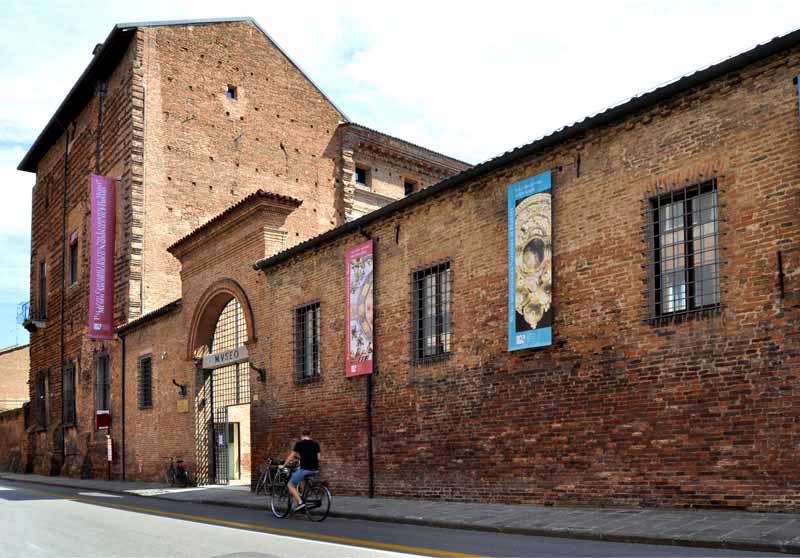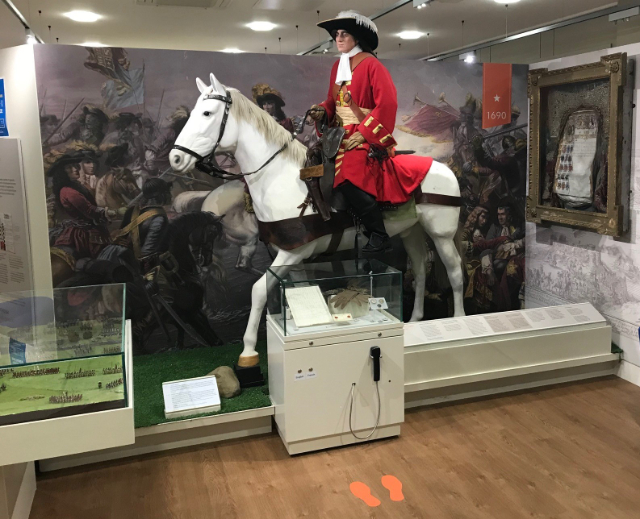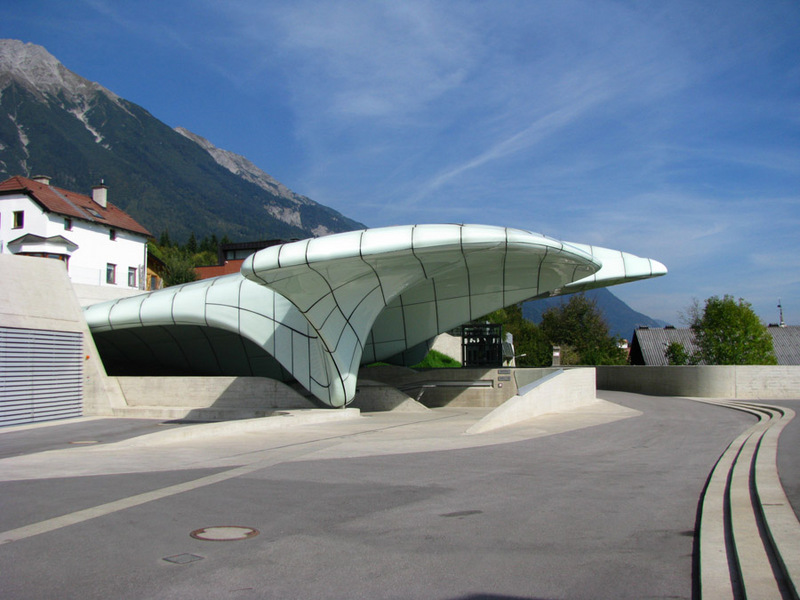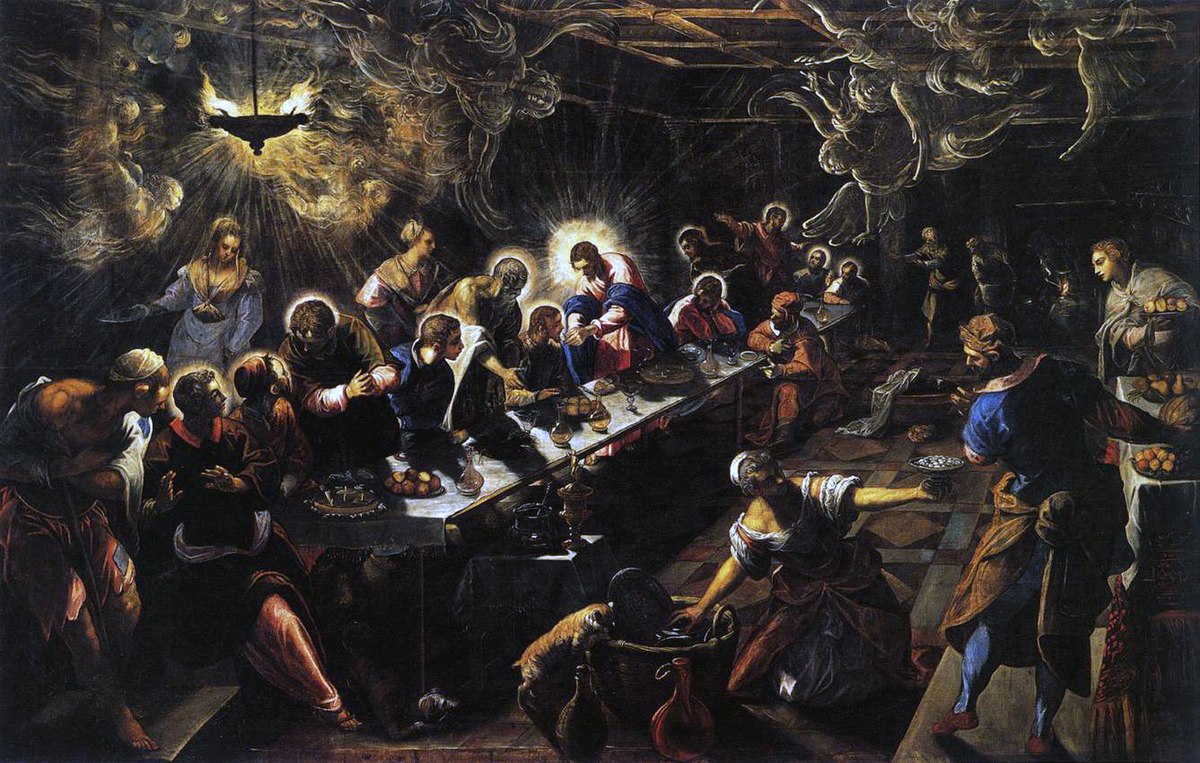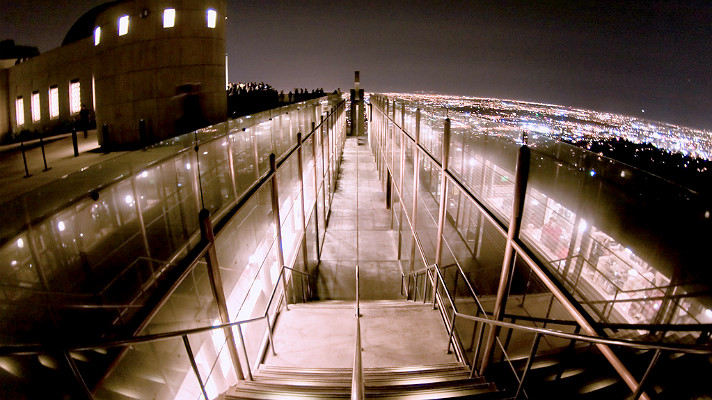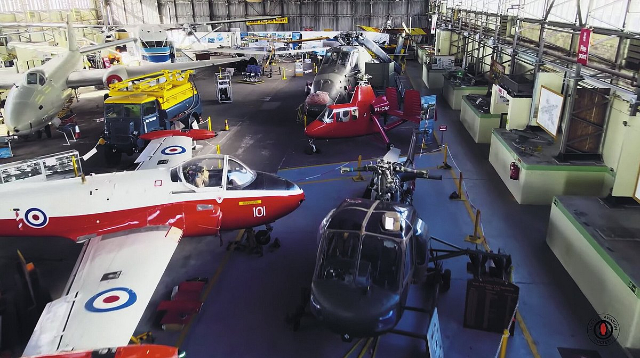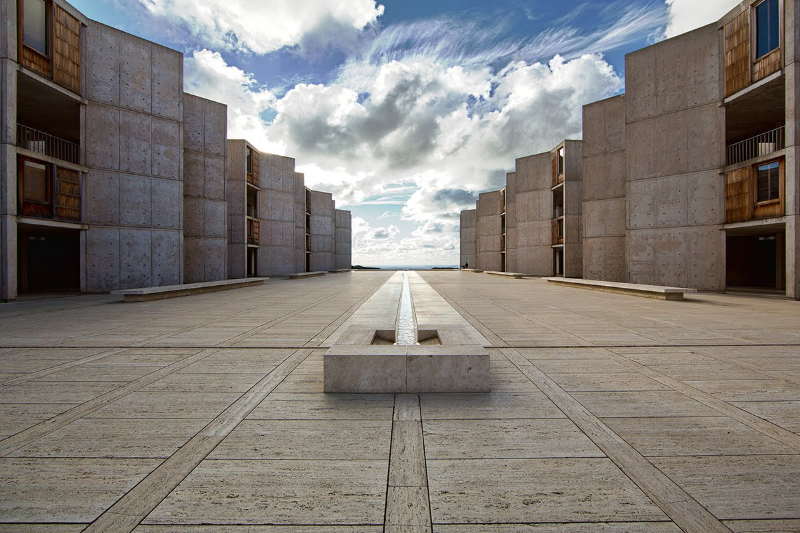The National Archaeological Museum is housed in the building designed by Biagio Rossetti for Antonio Costabili. The museum preserves the remains of the necropolis and the town of Spina, the flourishing Etruscan commercial port that between the 6th and 3rd centuries B.C. was one of the focal points of the region. On display are some of the objects found in the over 4,000 tombs, finds of impressive beauty including an impressive collection of red-figure Attic vases from the 5th century BC. Recently enlarged and rearranged with avant-garde equipment, the museum boasts a Treasure Room frescoed by Garofalo, the Room of the Dugouts, monossil vessels from the late Roman period (3rd-4th centuries A.D.), and the Room of the Ori with gold, silver, amber and glass paste jewellery from the 5th and 4th centuries B.C. On the ground floor, four rooms – two of which are frescoed by Garofalo and his school – are dedicated "to the city of the living", the town of Spina, cults and myths, peoples and scriptures. One of the "virtual libraries" that introduces the necropolis closes the itinerary. The main floor, in consonance with the original layout of the Thirties, is dedicated to the necropolis of the Etruscan city and includes masterpieces of Attic vascular painting, Etruscan bronzes, precious objects imported from all over the Mediterranean.
